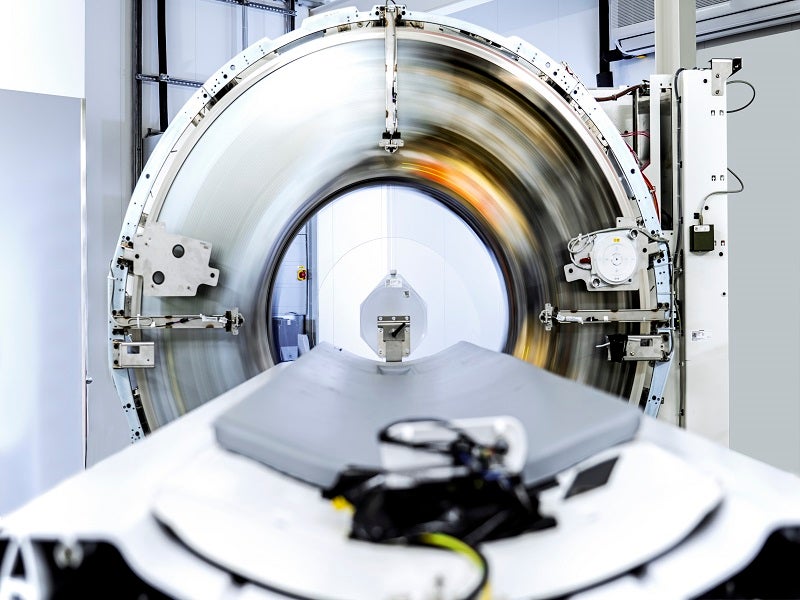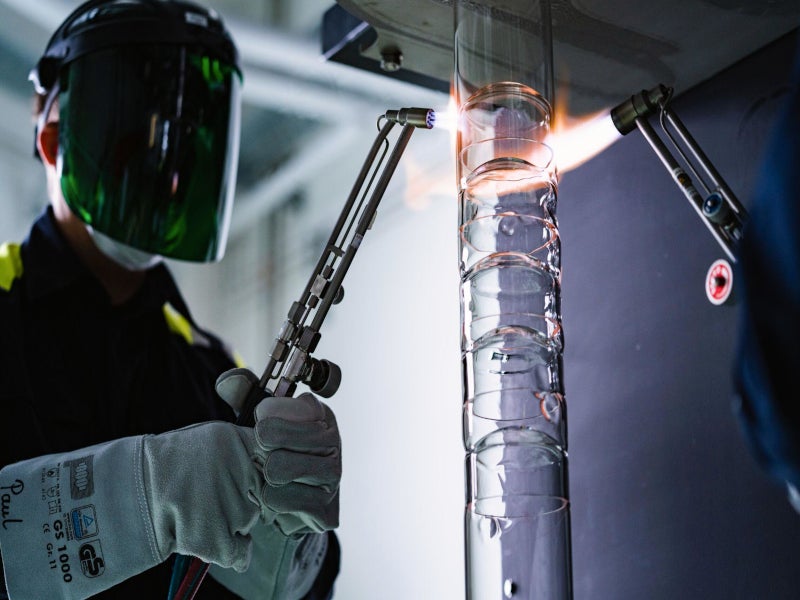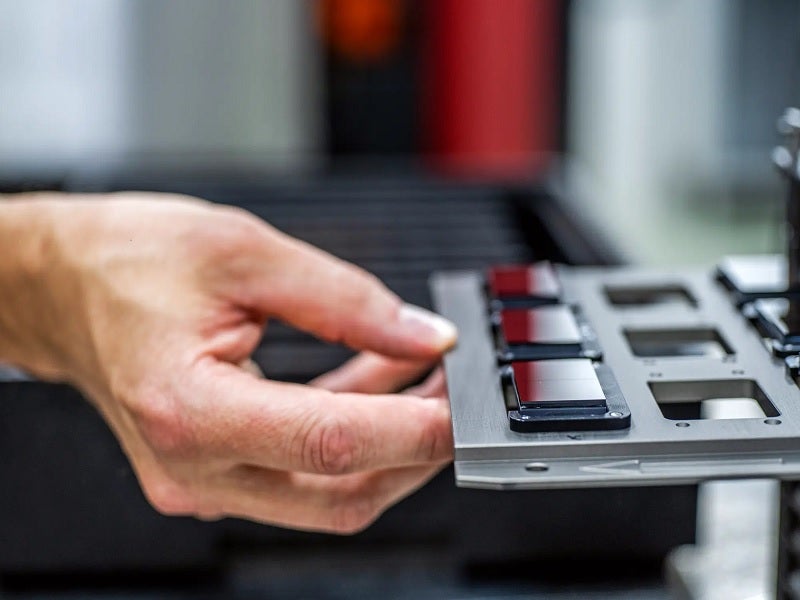Naeotom Alpha is a first-of-its-kind photon-counting computed tomography (CT) diagnostic imaging device developed by Siemens Healthineers based in Germany.
Unlike conventional CT scanners that use detectors to measure the total energy from several X-rays at once, the new diagnostic imaging system utilises CT technology of photon-counting detectors to measure the X-ray passed through a patient’s body and converts them into a detailed three-dimensional (3D) image.
The images provided by the system are utilised by a trained healthcare professional for oncological procedures, cardiac diagnostics, follow-up examinations of lungs for respiratory disorders, and radiation therapy planning preparation.
The Siemens’ Naeotom Alpha diagnostic imaging device received the US Food and Drug Administration (FDA) 510 (k) approval via the premarket clearance pathway in October 2021.
Details of Siemens’ Naeotom Alpha CT device
Naeotom Alpha incorporates a new photon-counting detector with an active detection layer made of cadmium telluride one crystal (CdTe), which amplifies the sharpness and contrast of CT images.
The CdTe crystals in the detector directly convert the X-ray photons into digital electrical signals, which are counted with no energy information loss. The measurement of individual photons and elimination of the intermediate conversion of the X-rays into visible light adds a novel, detailed and clinically relevant patient’s information to the diagnosis with improved image quality.
Technology used
Photon-counting CT, also known as quantum-counting CT, is a completely new imaging technology that is significantly different from a conventional energy integrating detector.
The detectors convert the X-ray photons into electrical pulses directly. The absorbed X-rays generate electron-hole pairs in the semiconductor during a direct conversion process.
A strong electric field separates the charges between the cathode and the pixelated anode electrodes at the top and the bottom of the detector, reducing the image acquisition time.
The detector has intrinsic spectrum sensitivity in every scan as it can measure the level of energy and charges generated by the individual X-ray photons.
Benefits of Siemens’ Naeotom Alpha CT device
The fine structure of photon-counting detectors benefits patients with lower radiation doses and reduced contrast agent use. The obtained images with more clarity and information simplify the diagnosis.
The detectors offer several advantages over solid-state scintillation detectors. The direct signal conversion generates considerably smaller pixels, which greatly enhances spatial resolution without losing dose efficiency. They offer an improved contrast‐to‐noise ratio without any electronic noise.
It enables physicians to work with images that show even the smallest tissue features such as bronchi in the lungs or bone metastases.
Photon-counting CT will advance medical diagnostics towards precise, non-invasive diagnosis in cardiology, pulmonology, oncology and emergency medicine.
Marketing commentary on Siemens Healthineers
Headquartered in Erlangen, Germany, Siemens Healthineers is a medical technology company. It employs 66,000 people and operates in more than 70 countries across the globe.
The company offers products and services including medical imaging, laboratory diagnostics, and digital health solutions, as well as clinical solutions for disease management. Other offerings include cybersecurity management services, education and training, and online services.
Siemens Healthineers’ experts Prof. Thomas Flohr, Dr Bjorn Kreisler and Dr Stefan Ulzheimer received a nomination for the Federal President’s Award for Technology and Innovation for the development of the first photon-counting CT scanner in September 2021.
The company invested approximately €1.35bn ($1.5bn) in its research and development (R&D) activities in 2020.









